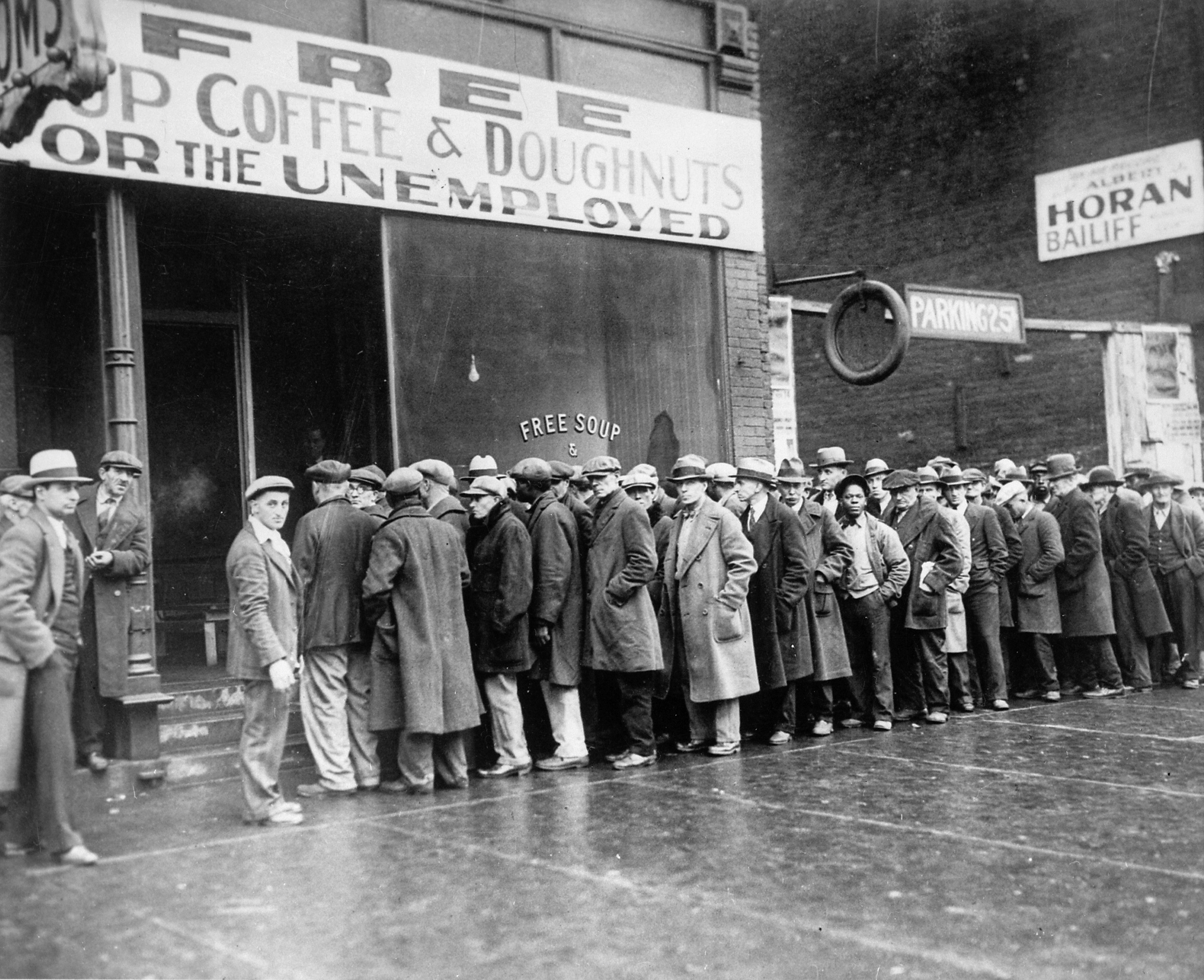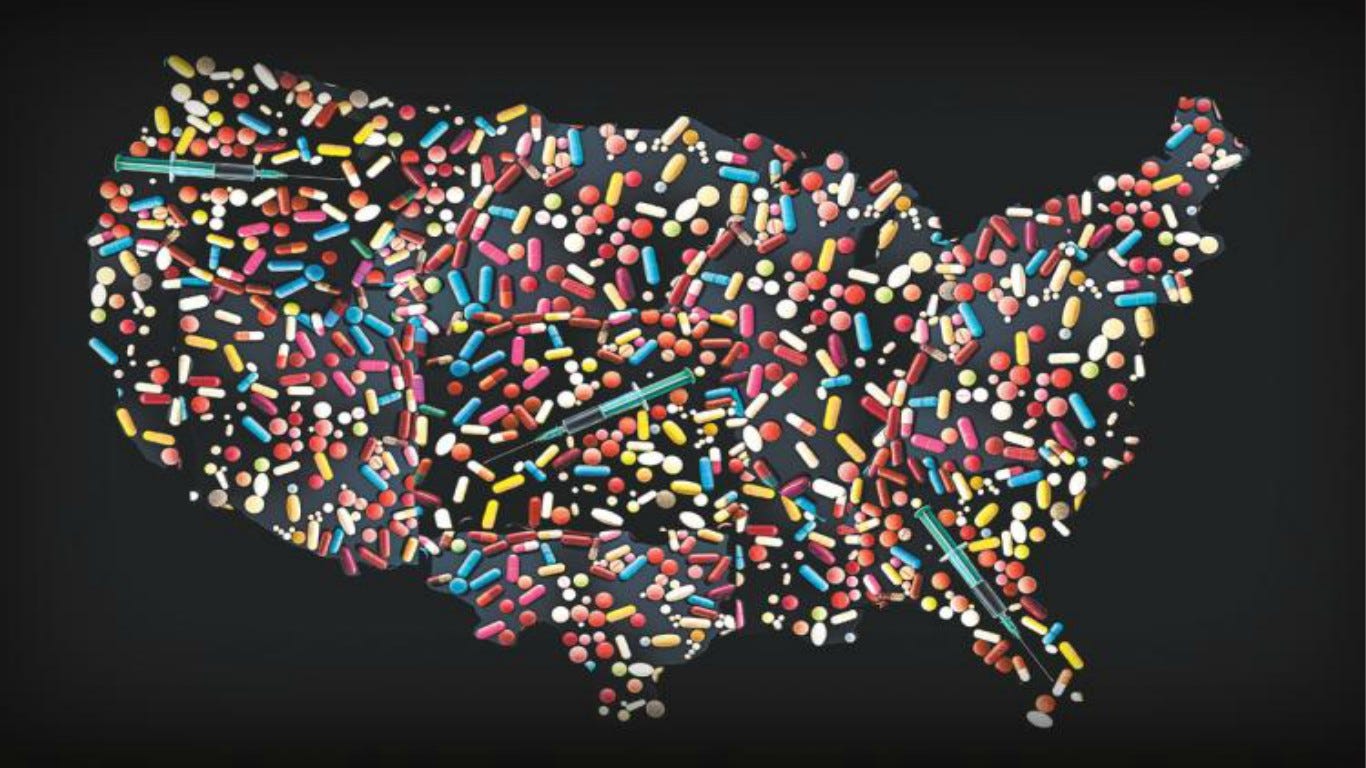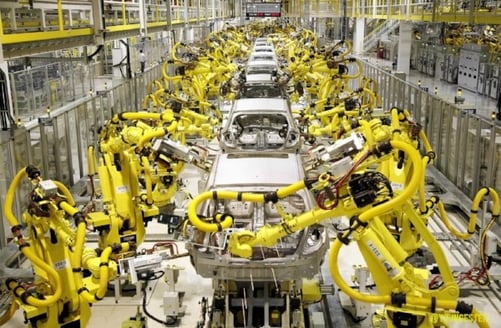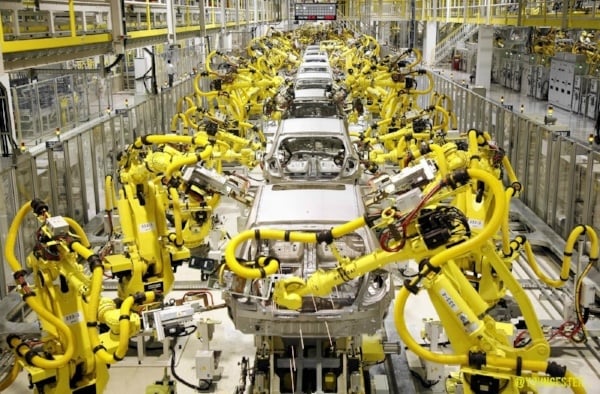In this week’s blog, we will take a turn from exploring automation and different forms of manufacturing and transportation and will instead look at U.S. foreign policy regarding trade and U.S. economic policy. This will help shape our understanding of how manufacturing and transportation will evolve. Our country has a long history of a free and open trade policy, but with the current presidential administration, we may see more protectionist policies become the norm.
A History of U.S. Trade Policy:
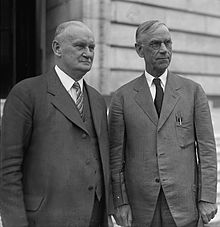
Willis Hawley and Reed Smoot
Prior to the Civil War, the United States was divided when it came to economic policy. The Northern states favored a more restrictive policy that would allow its manufacturing to grow and develop, while the Southern states favored a more open policy that would allow their cotton industry to sell its products to other nations. After the North’s victory in the Civil War, the United States naturally adopted the more restrictive policy, which ultimately led to the passing of the Smoot-Hawley Act in 1930. A direct response to public anger at the 1929 stock market crash, the law increased existing tariffs by an average of 20 percent. The resulting drop in trade with Europe and around the globe caused president Franklin D. Roosevelt to sign the Reciprocal Trade Agreements Act in 1934, which reduced tariffs, increased liberalization, and promoted freer trade. After the Second World War, when the United States emerged as one of the two world superpowers, the need for a more open economy that was accessible to all increased. The resulting General Agreement on Tariffs and Trade, or GATT, liberalized the world’s economy by ensuring lower tariffs across the Western World. Because of this agreement, the average American tariff fell from roughly 60 percent in the days of the Smoot-Hawley Act to just under 6 percent in the 1980s. This more open economy played a large role in the United State’s victory over the Soviet Union at the end of the 20th Century. Since the Soviet Union was largely closed off to the rest of the world (the majority of its trade came from its allies and satellite nations, and a majority of goods were manufactured domestically), it was ultimately unable to keep up with the increased defense spending of the United States. Their attempt to do so resulted in their economy crumbling and their nation imploding. This, in the minds of many Americans, validated their economic system as superior.

In the period immediately following the Cold War, the United States was the world’s only true global superpower. While she would later be challenged by China (and later a new Russia), for the rest of the 20th century it was the United States that largely had control of the world, culturally, militarily, and economically. As the Soviet Union showed signs of weakness in the 1980’s, the United States signed multiple free-trade agreements. After the completion of a free-trade agreement between the United States and her northern neighbor Canada was signed in 1988, Mexico sought an agreement of their own. The resulting trade deal came to be known as NAFTA, or the North American Free Trade Agreement. This deal was not popular in large swaths of the heartland of the United States, as lower wages in Mexico meant that American companies could outsource manufacturing to Mexico, leaving millions of American workers without jobs. This trade deal (signed into law by president Bill Clinton), it could be argued, sowed the seed for Donald Trump’s election as president in the 2016 campaign. In 1995, the World Trade Organization, or WTO, was established. This transformed the General Agreement on Tariffs and Trade by offering a concrete, binding set of rules that member countries must follow. The organization serves a number of roles, including providing a world economic forum, resolving trade disputes, working with other trade organizations to facilitate agreements, and helping developing countries reap the benefits of participation in the world economy. This organization has been criticized for its lack of democracy and the fact that it vaguely resembles a world government.
The Future of American Trade Policy:

With current United States President Donald Trump running on a message of protectionism, it appears likely that the U.S. will adopt policies that fit his ideology. For example, he threatened to withdraw from NAFTA numerous times before ultimately re-working the deal with Mexico and Canada in February. I believe that we will see more changes like this for the remainder of his time in office. It appears to me that it is unlikely that any major changes will be instituted (although he did withdraw from the Trans-Pacific Partnership earlier in his term). I believe the majority of what he will do for the remainder of his time in office is simply rework existing deals so that they benefit his base (the blue-collar worker) and give him something to run on in 2020.




 The Transcontinental Railroad, completed in the 1860’s, was one of the most important steps in unifying the two coasts of the United States. Today, railroads are still used to transport large quantities of goods, although they have largely fallen out of favor with passengers due to high costs and unreliability.
The Transcontinental Railroad, completed in the 1860’s, was one of the most important steps in unifying the two coasts of the United States. Today, railroads are still used to transport large quantities of goods, although they have largely fallen out of favor with passengers due to high costs and unreliability. Even in the earliest days of
Even in the earliest days of 


 This week, we will examine the cons of increased levels of automation in manufacturing. While the benefits of increasing automation may be fairly evident, the costs of increasing manufacturing are much less evident and more nuanced. While the benefits are largely economic, the costs are primarily
This week, we will examine the cons of increased levels of automation in manufacturing. While the benefits of increasing automation may be fairly evident, the costs of increasing manufacturing are much less evident and more nuanced. While the benefits are largely economic, the costs are primarily 